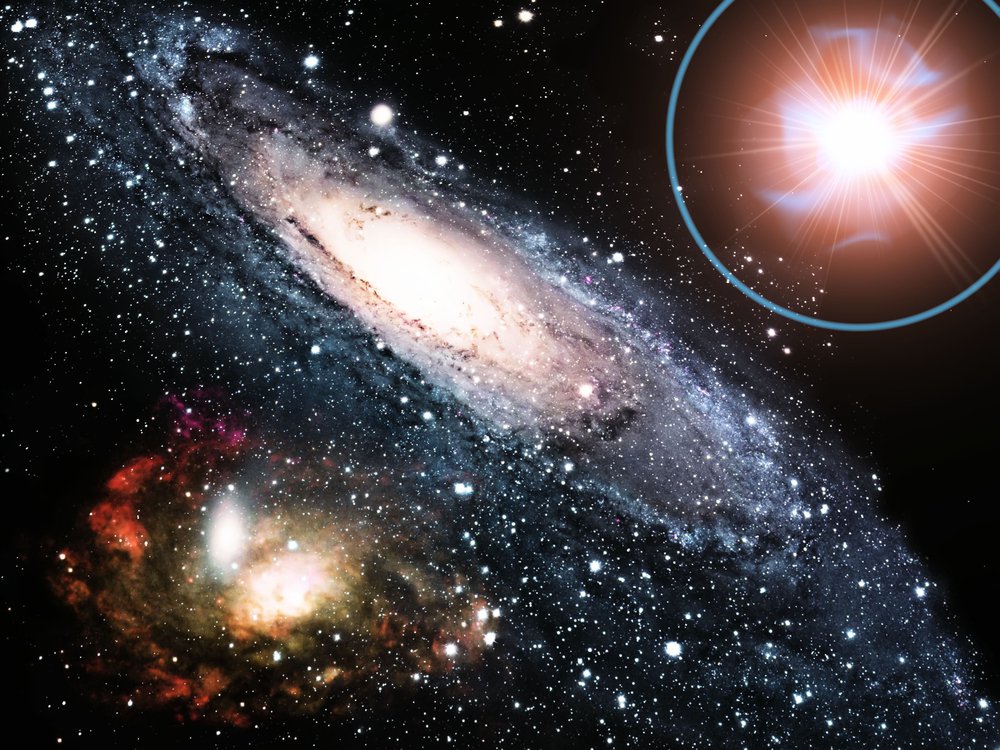After gamers, scientists have now raised the alarm about the deficit of video cards caused by excessive demand in the crypto mining industry. Researchers trying to pick up radio signals from stars and extraterrestrials say they need more of the latest GPU chips for their data processing equipment. According to media reports, a leading manufacturer may soon offer a graphics card dedicated for mining to mitigate shortages.
Also read: AMD Increases GPU Production to Match Crypto Mining Demand
Efforts to Eavesdrop on ETs Impeded
Radio-astronomers working on SETI (Search for Extraterrestrial Intelligence) projects said they need more GPUs to upgrade their equipment. The scientists want to expand operations at two observatories but cannot find enough of the new powerful chips, BBC reported. Some telescopes need about 100 graphics cards to process data from large listening arrays. They are used to detect signals from space, some of which may be emitted by other civilizations.
Demand for graphics processing units has soared in recent months and cryptocurrency miners have been blamed for the shortages. Investors buy in bulk the latest GPUs on the market, which can process more crypto transactions and return higher profits. Cards are used in mining rigs mainly for altcoins like ethereum and monero. Bitcoin mining requires a certain processing capacity and is performed by specialized hardware.
 “We’d like to use the latest GPUs, and we can’t get them”, said Dan Werthimer, chief scientist at the University of California, Berkeley SETI Research Center. “We want to look at as many frequency channels as we possibly can. We don’t know what frequency ET will be broadcasting on – is it AM or FM, what communication are they using? That takes a lot of computing power”, Dr Werthimer explained.
“We’d like to use the latest GPUs, and we can’t get them”, said Dan Werthimer, chief scientist at the University of California, Berkeley SETI Research Center. “We want to look at as many frequency channels as we possibly can. We don’t know what frequency ET will be broadcasting on – is it AM or FM, what communication are they using? That takes a lot of computing power”, Dr Werthimer explained.
The scientists have been trying to improve the analyzing capacity of equipment installed at two SETI observatories – Green Bank in West Virginia and Parkes in Australia. However, their efforts have been impeded by the GPU shortages. “We’ve got the money, we have contacted the vendors, and they say they just don’t have them”, Dan Werthimer told the BBC. Telescopes used by radio-astronomers are able to pick up the faintest of radio frequencies in the universe. SETI scientists are constantly listening out for broadcasts by aliens, but the arrays are also detecting signals emitted by natural phenomena.
What about Star Gazing?
The tight GPU market has hit other radio-astronomers, too. A team of scientists looking for evidence of the earliest stars in the universe was recently shocked by the doubled prices of graphics cards. Researchers operating the Hydrogen Epoch of Reionisation Array (Hera) in South Africa have received a grant from the US National Science Foundation to upgrade the telescope but found they could afford fewer units.
Hera is a joint project between the US, the UK and the Republic of South Africa. Its equipment uses GPUs to combine data from many small radio telescopes to offer a much wider field of view. The price of the processing units has doubled in just three months to $1,000 USD. “We are buying a lot of these things, it’s going to end up costing about $32,000 extra”, said Aaron Parsons, professor at the UC Berkeley. The team will have to use some of its contingency budget to acquire all the cards it needs.

Addressing the Deficit
Major graphics cards manufacturers Nvidia and Advanced Micro Devices have recognized the shortages and taken steps to address the issue. AMD announced plans to increase production after the recently launched RX Vega GPUs virtually disappeared from store shelves. The company said its Radeon cards were in short supply and acknowledged that demand for mining applications was responsible for the shortfall. AMD promised to produce more of the powerful chips to satisfy all of its customers.
 Nvidia, AMD’s main competitor, has moved to ensure video gamers have a chance to get hold of its video processors asking retailers to limit the number of cards purchased at a time. The company admitted that cryptocurrency mining demand had exceeded its expectations in the last quarter of 2017. It has been reported that Nvidia may reveal a new card aimed at the crypto mining market in March. According to media speculations, the GPU is codenamed “Turing” after the British computer scientist and cryptanalyst Alan Turing. He was working on breaking coded German messages during World War II.
Nvidia, AMD’s main competitor, has moved to ensure video gamers have a chance to get hold of its video processors asking retailers to limit the number of cards purchased at a time. The company admitted that cryptocurrency mining demand had exceeded its expectations in the last quarter of 2017. It has been reported that Nvidia may reveal a new card aimed at the crypto mining market in March. According to media speculations, the GPU is codenamed “Turing” after the British computer scientist and cryptanalyst Alan Turing. He was working on breaking coded German messages during World War II.
Both companies have recorded rising revenues in Q4 of last year. AMD announced $1.48 billion USD of revenue with $958 million coming from its Computing and Graphics division. Sales of graphics cards like Vega 56 and Vega 64 have played a major role in reaching a 60% year-on-year increase there. Nvidia has reported revenue of $2.91 billion, up 34% from $2.17 billion a year earlier. Strong demand from cryptocurrency miners has been mentioned as an important factor.
Do you think manufacturers will manage to satisfy growing demand for GPUs in different sectors? Tell us in the comments section below.
Images courtesy of Shutterstock.
Make sure you do not miss any important Bitcoin-related news! Follow our news feed any which way you prefer; via Twitter, Facebook, Telegram, RSS or email (scroll down to the bottom of this page to subscribe). We’ve got daily, weekly and quarterly summaries in newsletter form. Bitcoin never sleeps. Neither do we.
The post GPU Shortage Hinders Scientific Research – Cryptocurrency Miners Blamed appeared first on Bitcoin News.














